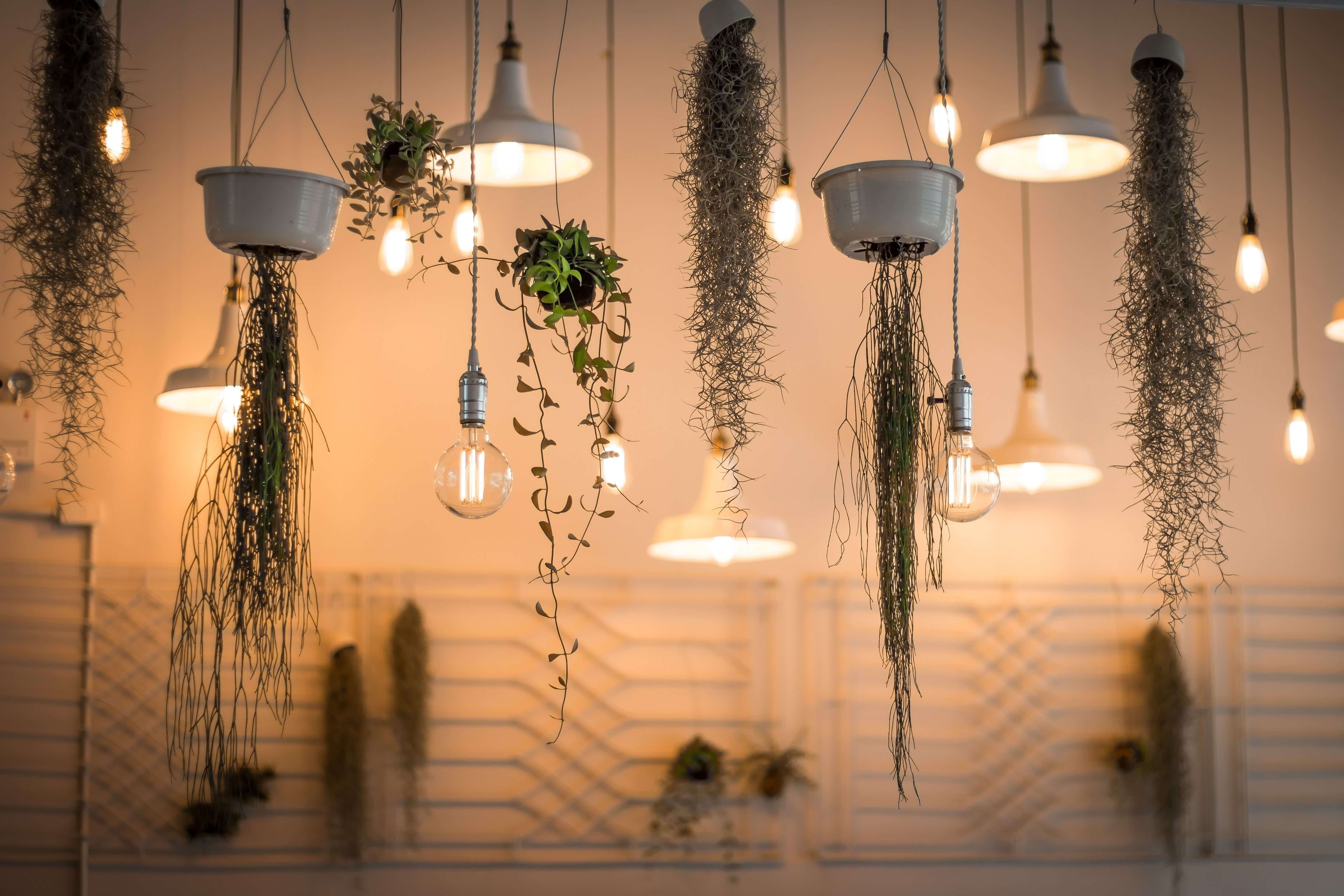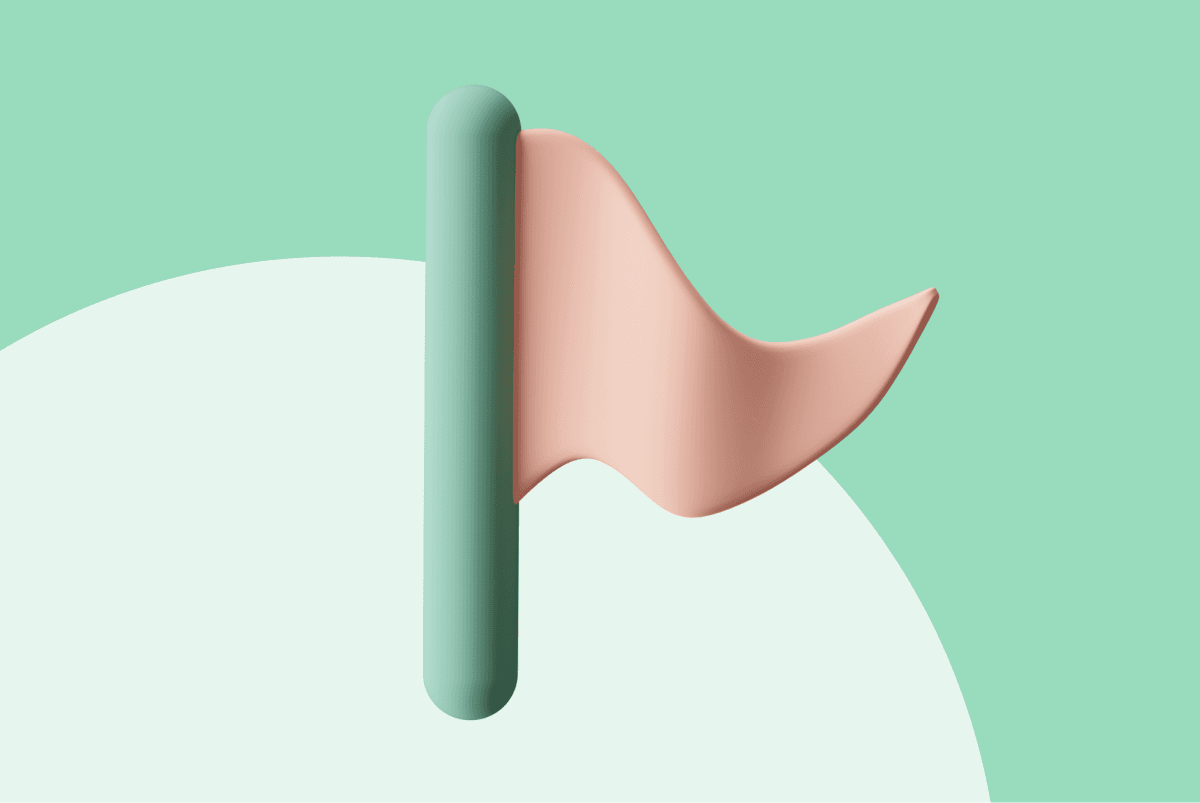5 Morning Routine Tips of Happy People
What if I told you something as simple as adjusting your home lighting can help tremendously, keeping you more focused and even upbeat?
There is plenty of research that backs up the positive impact of lighting. In a joint study between the City of London University and Philips, it was shown that lighting not only affects workers’ performance but also their mood and overall wellbeing.
So how could you set up lighting in your home office in a way that supports your wellbeing? In this article, I’ll take you through a deep dive into the lighting factors that can help you to create a more productive working-from-home environment.
First things first: what is colour temperature?
Put simply, colour temperature is a way to measure the appearance of light. Measured on the Kelvin scale (K), the colour temperature metric enables us to simultaneously describe the “warmth” and “hue” of the light.
As the temperature rises, the colour of the light source changes. To understand this concept, consider a blacksmith heating up an iron horseshoe. With the increase in temperature, the horseshoe begins to emit different colours - from red to orange, to yellow, to white.
Here’s a rundown of the main colour temperatures:
- Higher colour temperatures: these light sources are rated at 4600K or more. They have a bluish-white appearance and are classified as “cool” colours.
- Mid-range colour temperatures: these light sources have a rating of 3100K to 4600K. They appear neutral/cool-white.
- Lower colour temperatures: rated at 3000K, these light sources appear yellow-white. They are described as “warm” colours.
What’s the ideal colour temperature for optimal productivity?
If you want to increase your productivity as you work from home, the most effective form of lighting is the good old natural daylight. This is equivalent to a colour temperature of 4600 to 6500K. Here’s some scientific evidence to back this up:
- A recent study done by Professor Alan Hedge from Cornell University revealed that exposure to sunlight can improve a worker’s productivity by up to 2%.
- In a study published in the Health Environments Research and Design Journal, healthcare workers exposed to natural lighting had increased alertness and better mood.
Unfortunately, it’s not always possible to have access to natural daylight. For instance, if the only place you are able to set up your home office is in the basement, you may have very little access to daylight.
In such situations, the next best thing is to install lights that simulate natural lighting. This means using fixtures that have a colour temperature that’s close to, or equivalent to that of daylight.
In general, experts recommend a colour temperature ranging between 3500 and 5500K; a rating above 5500K is likely to strain your eyes whereas very low colour temperature could make you feel less productive.
Tackle the overhead situation
When trying to maximise your productivity, another thing you could think about is whether to go for direct, indirect lighting, or a combination of both. Let’s take a quick look at each type:
Direct lighting
A direct lighting fixture is one that targets 90 to 100 percent of the light downward onto your workstation.
Indirect lighting
By comparison, indirect overhead lights aim most of the light upward. This allows it to bounce off the ceiling before it reaches your work surface.
Direct/indirect lighting
This lighting fixture shines light both upward and downward, in equal proportions. It bounces the light off the ceiling and other surfaces like walls before casting it onto your desk area.
Which is right for your home office?
When it comes to lighting ergonomics, I generally advocate for a mixture of direct and indirect lighting to properly illuminate your work area.
Overhead direct lighting ensures that your immediate workspace gets more lighting, therefore you’re not straining your eyes when reading or working on detailed oriented tasks.
Indirect lighting is great for ensuring your entire work area is well lit without creating unnecessary glare or dark spots. Since light from indirect lighting is derived by bouncing off surfaces such as the walls and ceiling, it is much more even, and as a result creates a soothing ambience.
Combining both types of lighting in your room enables you to have the best of both worlds.
Remember the task light
The purpose of a task light is to illuminate a focal point, thus helping you concentrate better on the task at hand.
This is not to be confused with direct overhead lights. Usually, task lighting comes in the form of a portable desk/table lamp, meaning it casts light on a smaller area. In fact, task lights are usually used to supplement natural or overhead lighting.
The benefit of investing in a task light is that it allows you to customise the lighting at your work surface. This customisation is crucial as it addresses individual lighting needs, and in turn, this enables you to work at optimal levels.
Studies show that lighting needs will vary, based on age. For example, most seniors require more light to be able to see clearly compared with the younger generation. Similarly, older people can tend to be more sensitive to glare.
With a task light, you can easily adjust different factors to suit your lighting needs. Whether this entails adjusting the fixture’s brightness, contrast or placement, you can find the ideal angle and position of lighting that works for you.
Four simple takeaways
When working remotely, it’s easy to overlook the lighting in your home office. However, it’s important to bear in mind that it can have a huge impact on your productivity, mood and overall wellbeing. For this reason, it’s worth considering lighting as a valuable facet of your office ergonomics.
To summarise, the key takeaways to consider are:
-
If you can, set up your workstation in an area with access to natural lighting.
-
If this isn’t possible, invest in overhead lights that simulate daylight. This means checking the colour temperature of the fixtures to see if they match that of natural daylight (at least 4600K).
-
You’ll also need to determine whether direct, indirect or a combination of direct/indirect lighting works best for you.
-
Lastly, take advantage of task lighting to address any limitations in your visual acuity.
Original source: How to set up lighting in your home for better productivity and mood



